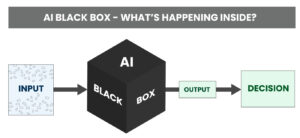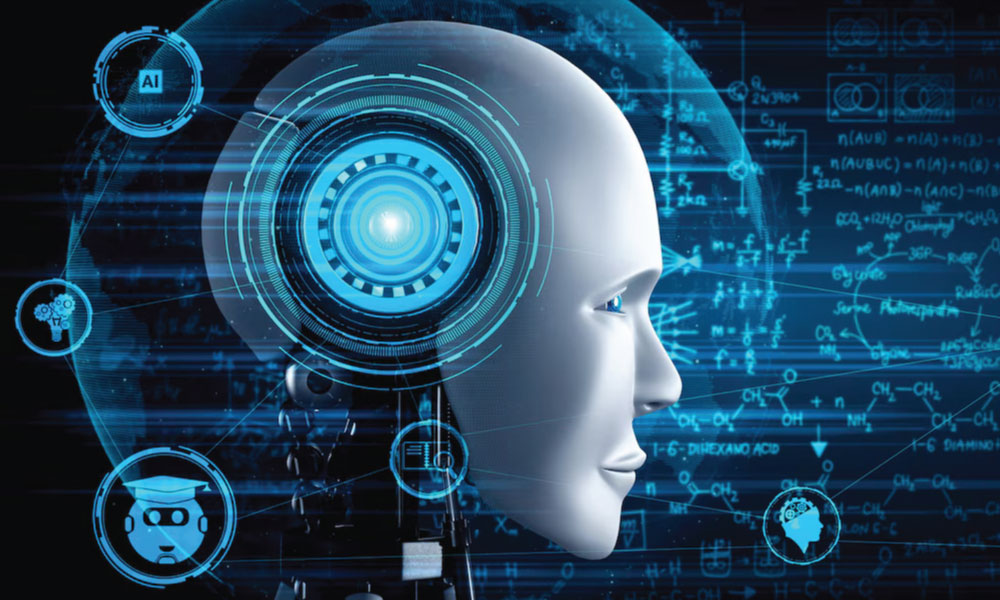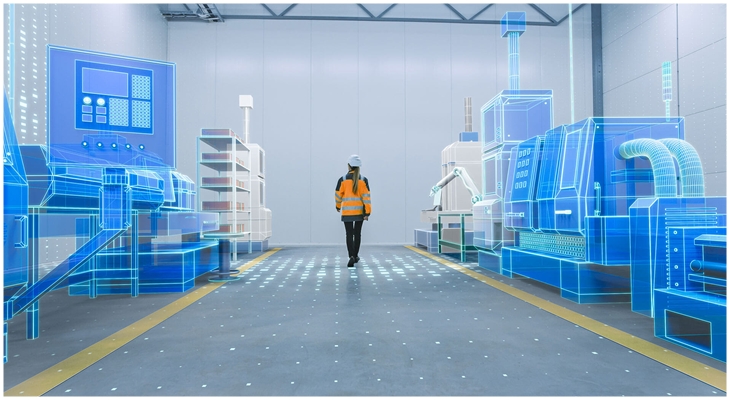The AI That Knows You, But Do You Know it?
Imagine this - you ask your smart assistant for a restaurant recommendation. Instantly, it knows your taste, your favorite cuisine, and even your budget. Feels like magic, right? But here’s the real question - Do you know how it decides? Behind that smooth voice lies an AI black box, making choices you never see.
AI Black Box - What’s Happening Inside?
Your smart assistant listens, learns, and responds - but how? Deep inside, it runs on algorithms trained on mountains of data, making decisions in ways even its creators can’t fully explain. This is the AI black box - a system so complex that its reasoning is a mystery.
Think about it - Why did it suggest that news article? Why does it play certain ads? AI doesn’t just reflect the world; it filters it. And sometimes, that filter isn’t neutral. It’s shaped by biases hidden deep within the data. So, if AI is making choices for us - who’s making choices for it?
Let’s learn!
Bias in AI - Where Does It Come From?
Bias in AI isn’t some random glitch - it’s built into the system, often without anyone realizing it. It starts with the data. AI learns from human-created data, and that data comes with its own set of imperfections, stereotypes, and prejudices. If an AI is trained on biased historical data, it’s bound to reflect those biases in its decisions.
For example, an AI designed to screen job applicants might favor male candidates if the dataset used to train it was skewed toward men in similar roles. The result? A system that’s “smart,” but not always fair. And that’s where the problem begins.
Real-World Examples - When AI Gets It Wrong
AI isn’t perfect. It’s powerful, but it’s also flawed, just like us. Here’s the element - we trust AI to make decisions in real life, but sometimes it gets horribly wrong.
Take facial recognition. Companies have used AI to identify criminals in crowds, but guess what? Studies show it’s more likely to misidentify people of color, especially women, than white men. Imagine a situation where an innocent person is wrongly accused because the AI couldn’t recognize their face properly. This is no small mistake - it’s a matter of justice.
And let’s not forget hiring algorithms. Many companies use AI to screen job applicants, but these systems have been found to favor male candidates or even reject resumes that don’t fit a certain stereotype. AI is supposed to be a tool for fairness, but when it reflects human biases, it fails everyone.
It’s clear - AI may be smart, but it’s not immune to mistakes.
Can We Fix the AI Black Box Problem?
Absolutely, but it takes transparency, accountability, and constant vigilance. The key is making AI more understandable - shining a light on its decision-making process. Developers must design systems that aren’t just effective, but also fair and explainable. It’s time to open the black box and make AI work for everyone.
In simple words, while AI black box issues cannot be eliminated, we can greatly improve transparency in AI systems.
What Can Users Do? How to Spot and Reduce AI Bias in Your Daily Life?
- Question Everything – Don’t accept AI recommendations blindly. Ask - Why this? Why now? Stay aware of patterns. Is it helping or limiting you?
- Diversify Your Inputs – Seek out different perspectives and explore beyond your usual choices. The more varied your input, the better your AI will serve you.
- Speak Up – Feedback is powerful. When you notice AI bias, raise your voice. Your experience can help create change.
- Take Control – Technology should work for you, not the other way around. Empower yourself by actively shaping the way AI serves you. You hold the key!
The Future of AI and Transparency!
The future of AI is bright, but it’s up to us to ensure it serves everyone equally. As we demand more transparency, we tap into the potential for AI to not only be smarter but fairer. Imagine a world where technology magnifies our voices, not our biases. Together, we can build a future where AI truly works for all of us - more thoughtfully, more consciously, and with greater heart.
Take charge of technology today - question, challenge, and shape the future of AI for a fairer tomorrow!
For more technology-driven content, keep reading our blogs at KnowledgeNile.
Also Read:
How AI Washing Can Create Challenges for Companies?
Imagining an AI-Generated Podcast: What If AI Could Host?






